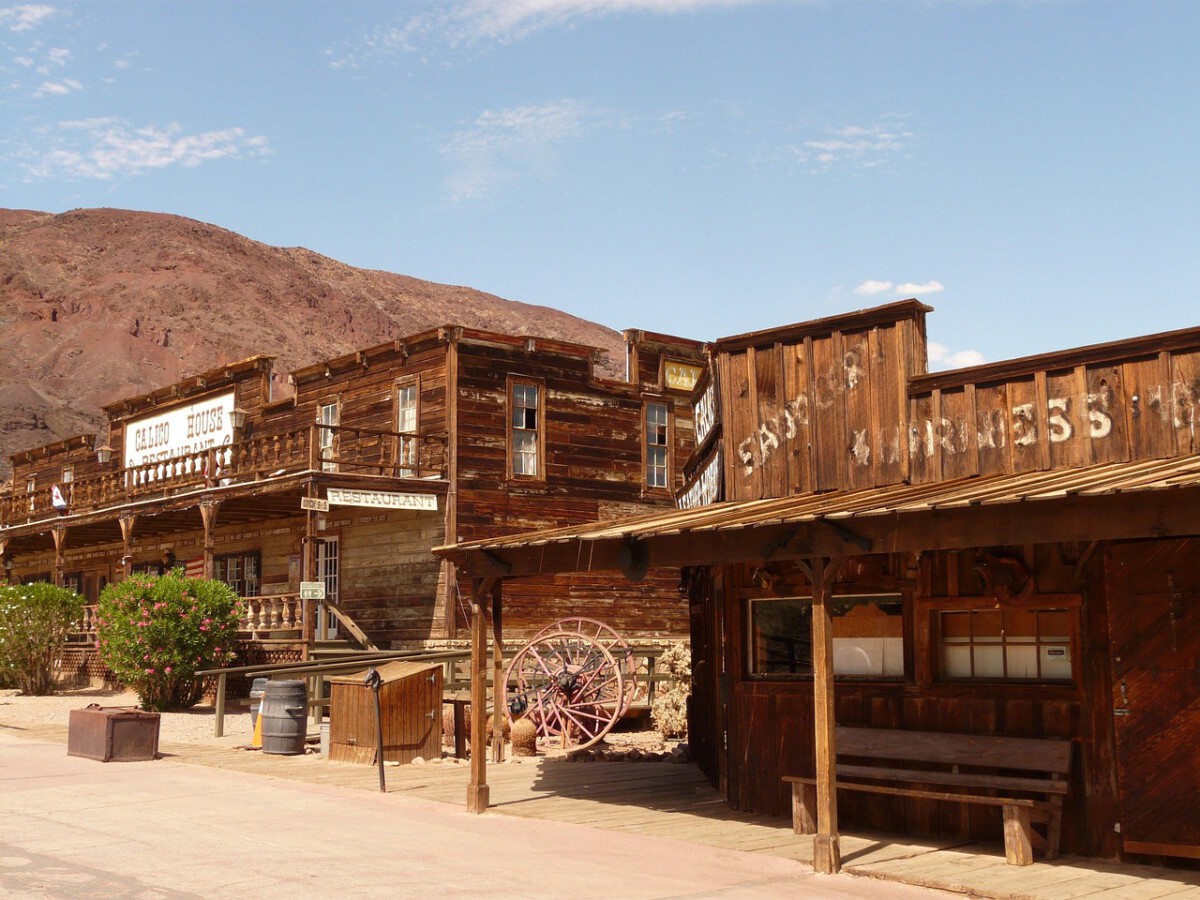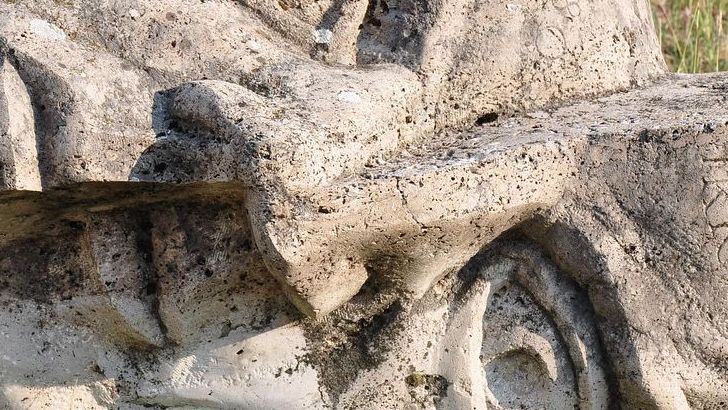When Norwegian Dreams Met Prairie Reality
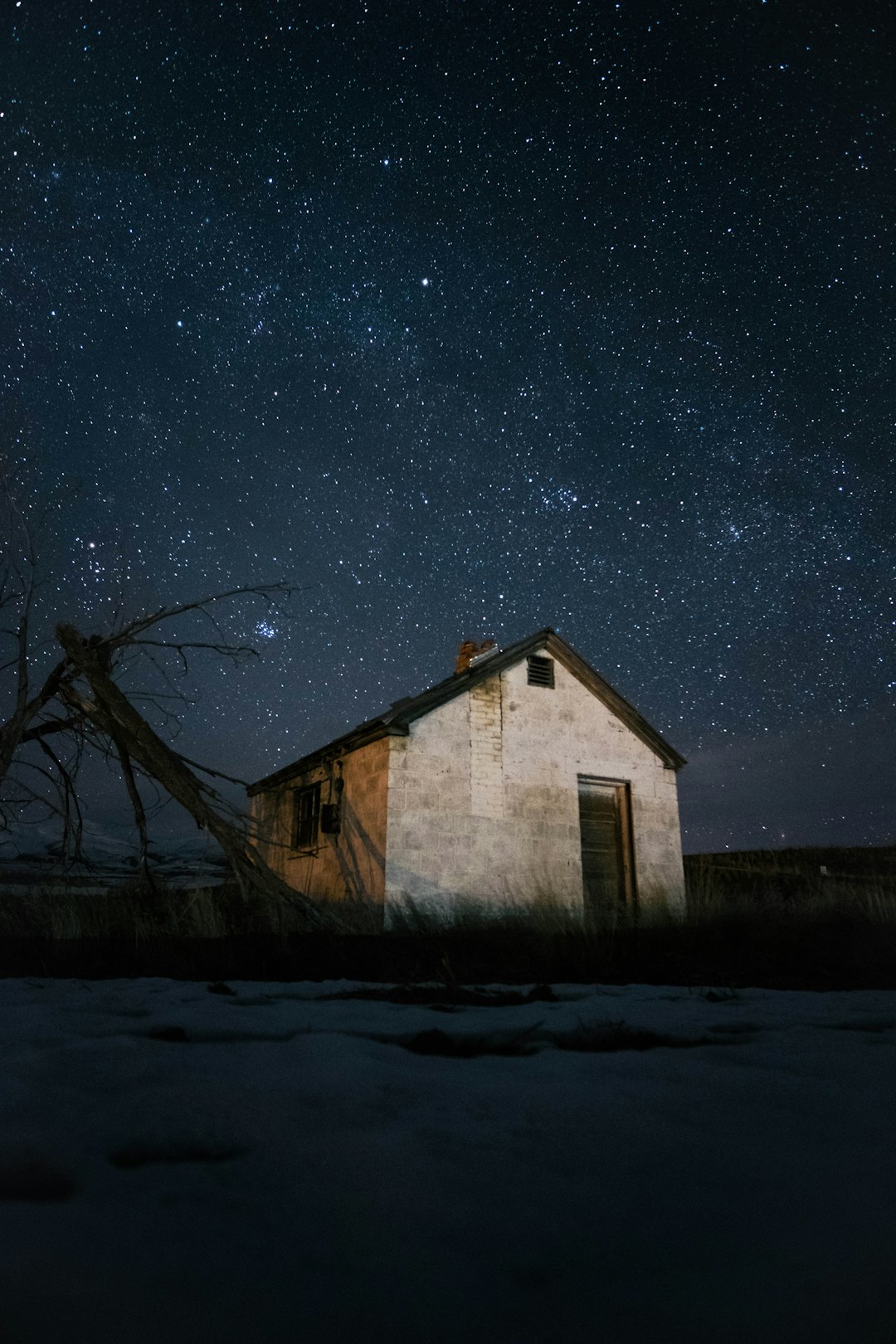
Hidden deep in the rolling hills of Morton County, North Dakota, sits a haunting reminder of what happens when big dreams collide with harsh reality. Sims is a ghost town in Morton County, North Dakota, United States. The town was founded in 1883, and Sims Scandinavian Lutheran Church was constructed the following year. What started as a booming coal town with over a thousand residents has become one of the most eerily beautiful abandoned settlements in the American Midwest. The story of Sims isn’t just about another failed frontier town – it’s about the courage and heartbreak of Scandinavian immigrants who bet everything on the American Dream and lost.
The Birth of Baby Mine

Sims was established when North and South Dakota were still the Dakota territory. State Historical Society Curator of Collections Mark Halvorson explains, “Before 1885, it had been identified as a coal mining region. It was called ‘Baby Mine’ on the early maps, even the maps up to 1885. In 1883, it became known as the town of Sims. The name change honored George Sims, a Northern Pacific Railway executive who believed this desolate valley could become something special. Continuing to expand west from Mandan in the late 1870s, Northern Pacific surveyors sought out a stopping place, where trains could take on water. The surveyors would find such a location in a place known as Sims Valley. There they found fast running springs, which didn’t freeze over during the winter.
Black Gold and Norwegian Settlers
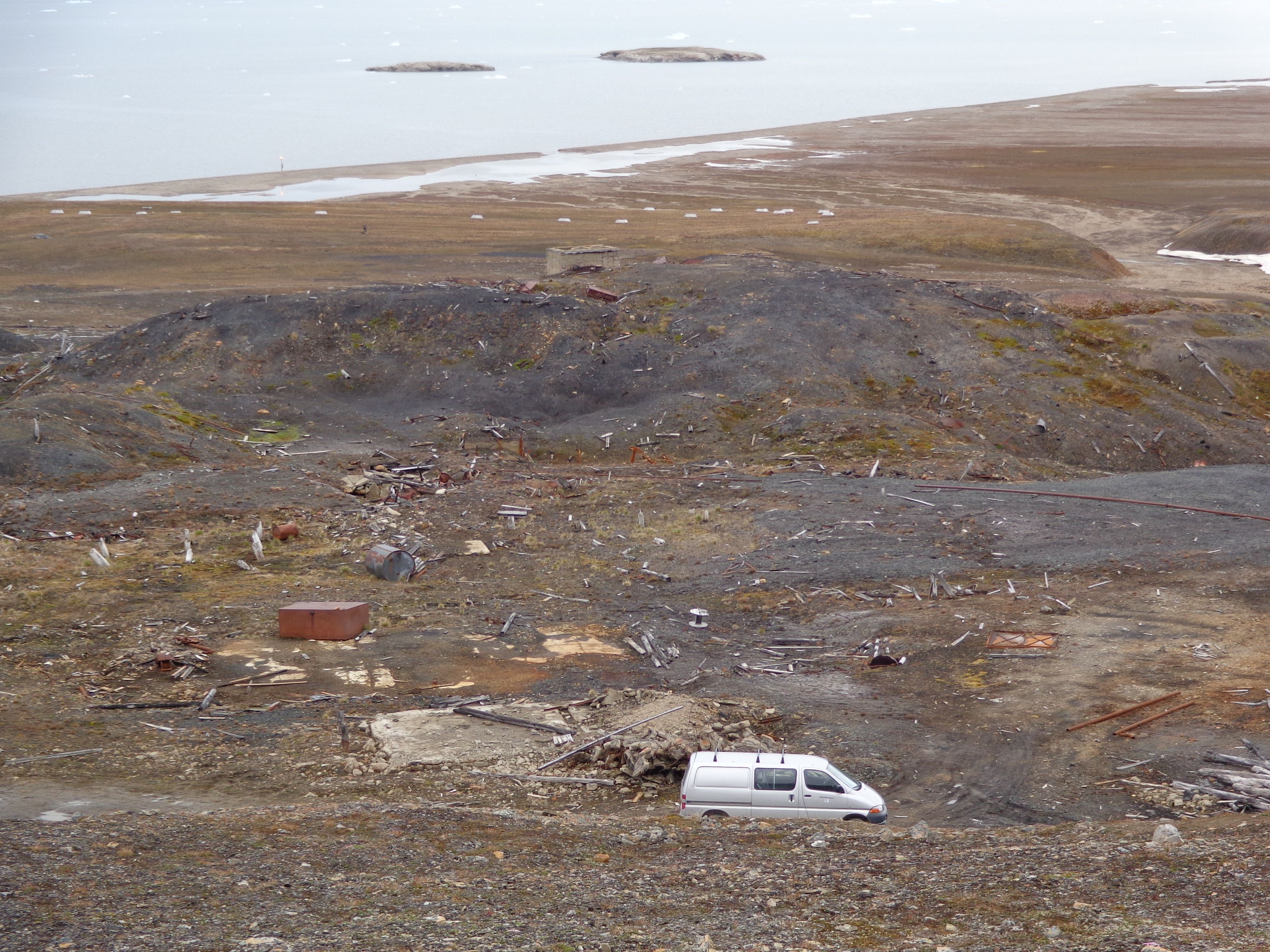
Sims was founded in 1883 as a coal town. Coal mining and the town’s brickyard helped Sims grow to a population of more than 1,000 people. The discovery of rich coal deposits combined with abundant clay and fresh water created a perfect storm of opportunity. Founded in 1883 as a coal town, the area was settled by mostly Scandinavians as evident from the last original structure still in use, the Sims Scandinavian Lutheran Church. These Norwegian immigrants, fleeing poverty and land shortages in their homeland, saw in Sims everything they’d dreamed of – steady work, good wages, and the promise of owning their own piece of America.
The Golden Age That Never Lasted
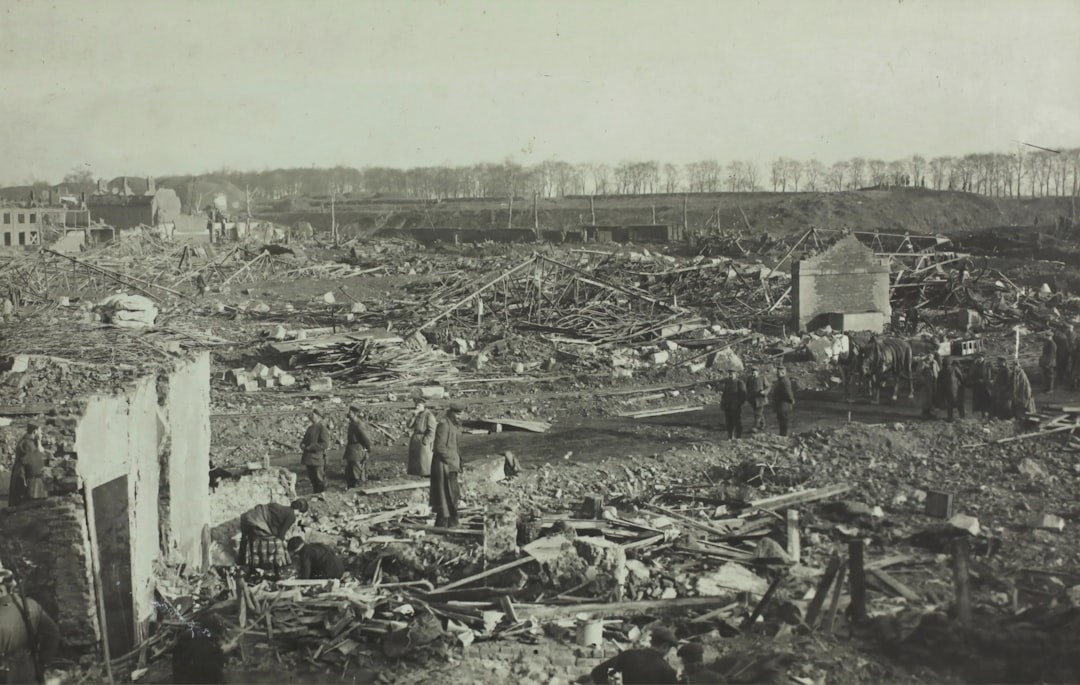
The Boom Sets In Sims would quickly experience their golden age, spanning the 1880s. More than 500 people were soon employed by just the brick yards and coal mines, and the massive influx of people led to the creation of additional businesses. Taking advantage of not only the raw resources, but also the prosperity that was coming to Sims, the Northern Pacific Coal Company made the decision to build a massive brick hotel in town. At its peak, it probably had 1,500 people at one time. The town boasted what some claimed was the largest hotel west of Fargo, and there was serious talk about making Sims the Morton County seat.
Sacred Ground in a Secular Settlement
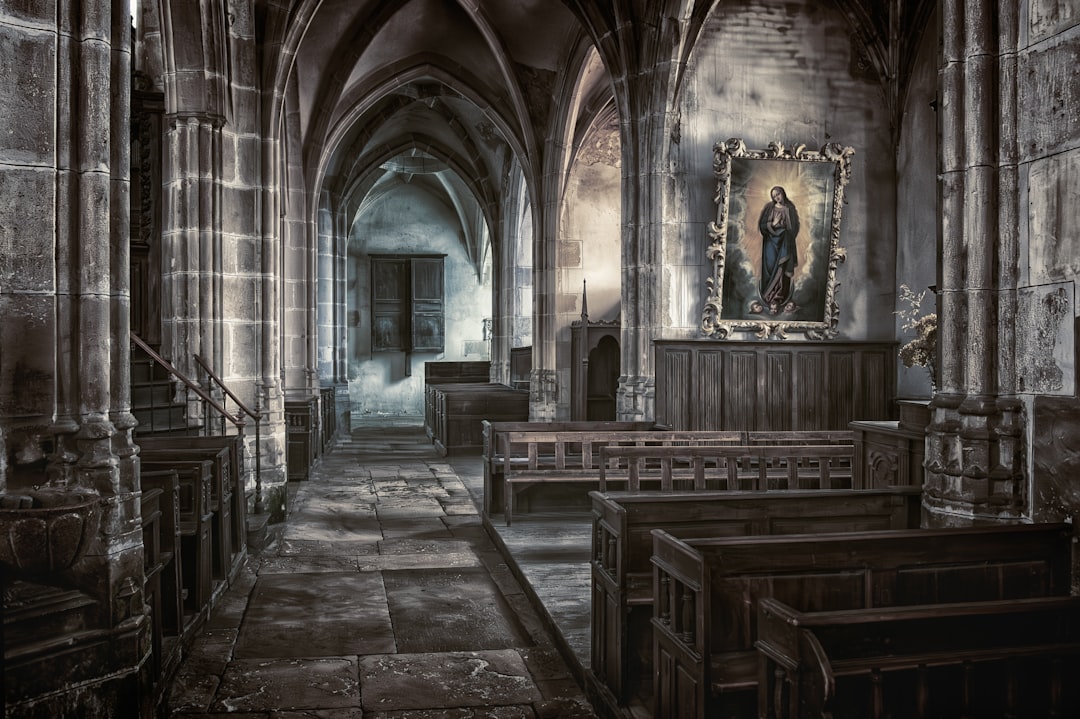
The year was 1884, and members of the community made the decision to organize the Sims Scandinavian Evangelical Lutheran Congregation. The parsonage was built first, and provided a place for services to initially be held. In its prime, the church was the spiritual and social hub of Sims, a town established during the coal boom in the 1880s. Sims was home to a growing community of Scandinavian immigrants, and the church served as a beacon for these settlers, its services held in the Norwegian language. The church wasn’t just a place of worship – it was the heart of a community trying to preserve their heritage while building new lives in an unforgiving landscape.
The Fatal Flaw in Sims Brick

The town had a successful brick factory for a few years. In fact, part of North Dakota’s original Capitol was built from Sims brick. Johnson adds, “They found out a few years later that the brick kind of flaked off and didn’t look good after a few years, so that’s why it closed.” It was in a convenient location, which allowed Charles to get the opportunity to supply his brick for a number of important constructions, including the first capitol building of North Dakota in Bismarck, as well as the Court House in Mandan. However, it was eventually discovered that the brick coming out of Charles brick yard was of a low quality, that couldn’t stand the test of time, at least for the most part. The irony is devastating – the very product that made Sims famous became the symbol of its failure.
Railroad Betrayal and Economic Collapse

The last family that lived there moved out around 1946, the same year the Pacific Northern Railroad changed routes and no longer went through the city. Johnson explains, “So that’s when Sims really died.” By 1975, the town had a population of one. The railroad that had given Sims life ultimately took it away. When the trains stopped coming, the coal stopped flowing, workers left, and businesses closed their doors forever. However, the 1910 Census recorded a population of just 86 people. The population fluctuated over the years, with an estimated 98 people in 1940. The post office was founded in 1883 and closed in 1947, with mail routed through Almont, North Dakota, to the south.
Ghosts, Legends, and the Gray Lady
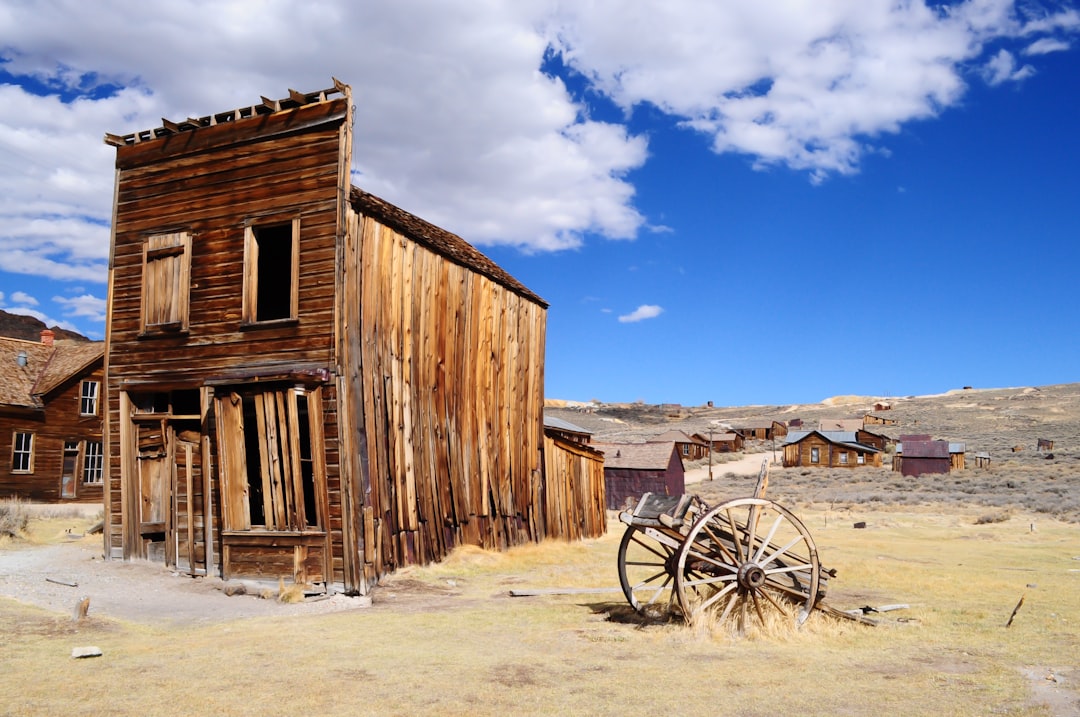
Little do most folks know, there may still be someone – or something – lingering there, who has possibly been there since 1918. Today, the entire town is abandoned, but signs of the ghost remain. Not many people come in or out of the Sims anymore, and not many want to. With the Gray Lady still haunting the place, you may want to steer clear…who knows who (or what?!) you’ll run into in this North Dakota ghost town. Local legends speak of a mysterious figure seen wandering among the ruins, a testament to the enduring power of human memory and loss. Whether real or imagined, the Gray Lady has become part of Sims’ folklore, adding an otherworldly dimension to an already haunting place.
The Last Sentinel – Sims Scandinavian Lutheran Church
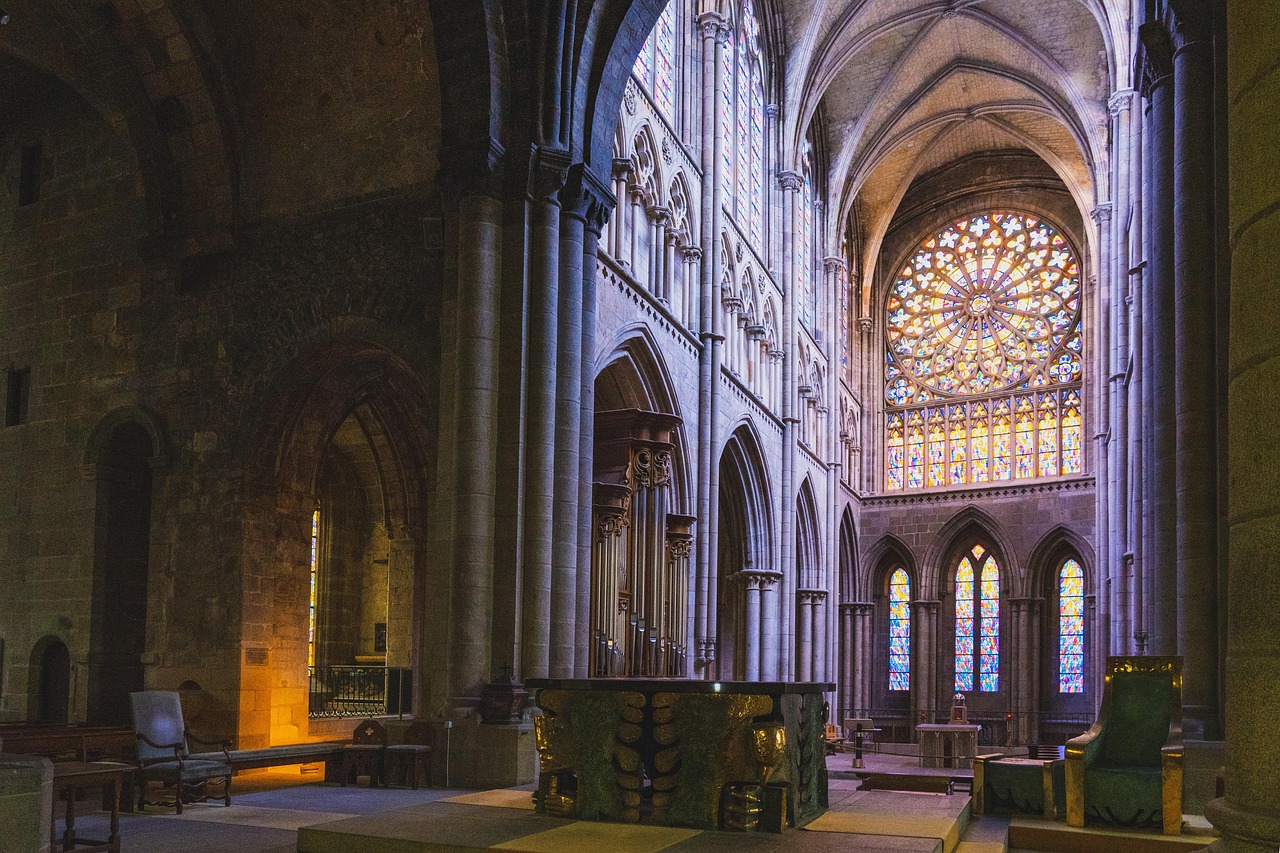
Nestled in the heart of North Dakota, not far from the now nearly deserted town of Sims, stands the stoic and enduring Sims Scandinavian Lutheran Church. An emblem of the area’s early Scandinavian settlers, the church was built in 1884 and is the only remaining structure that attests to the once thriving town of Sims. Sims Scandinavian Lutheran Church is a splendid example of the Gothic Revival architectural style that was popular among American churches in the late 19th century. Its tall spire punctuates the North Dakota landscape, and its stark white facade contrasts beautifully with the expansive blue skies. The church’s interior showcases stunning craftsmanship, with an altar and pulpit hewn from the local woods and a bell that still chimes from the belfry. Today, the church has been restored and still worships every other Sunday. The church parsonage has also been restored and is home to the Sims Historical Society Museum.
Presidential Recognition and Modern Remembrance
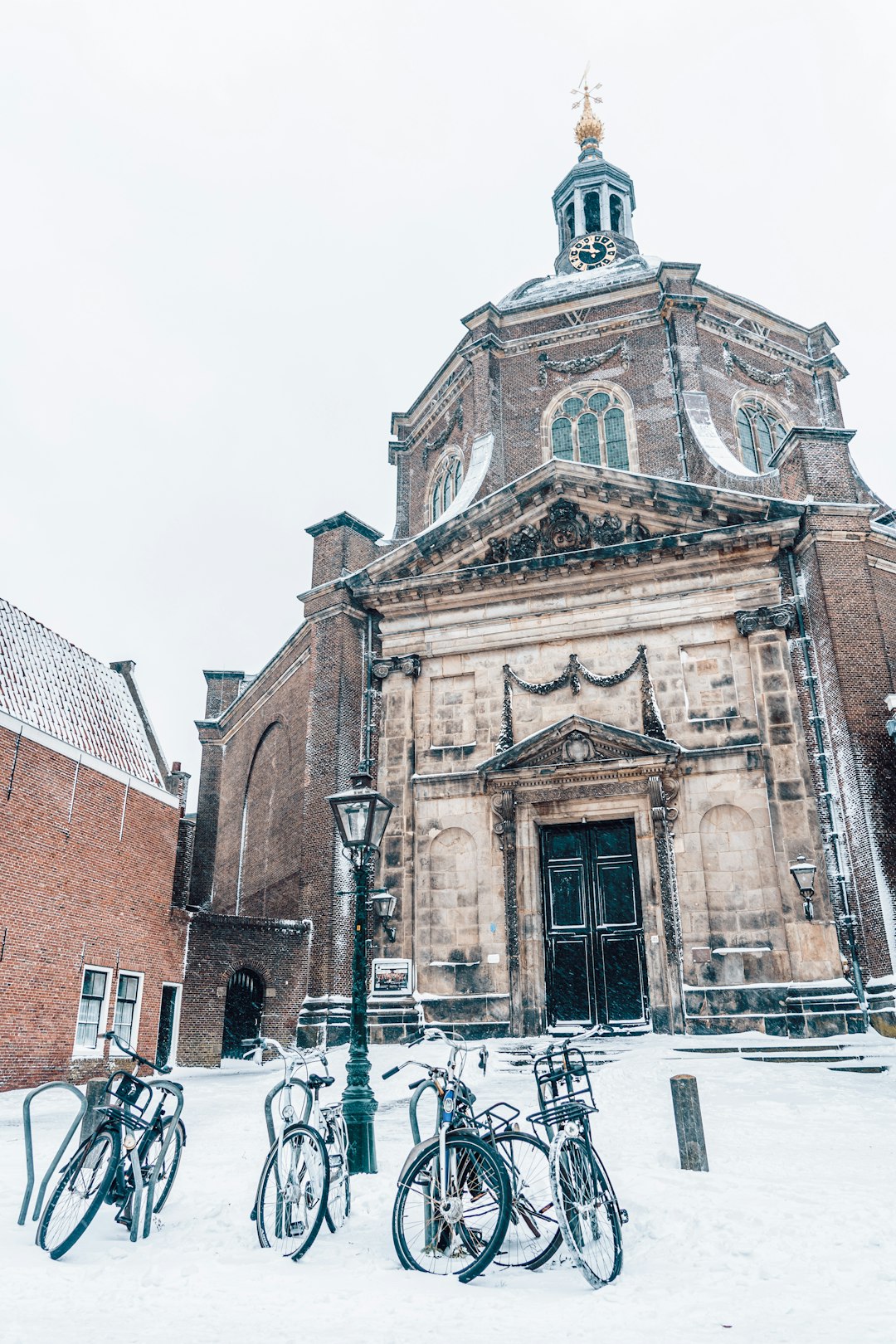
During her trip to North Dakota in October 2008, First Lady Laura Bush visited Sims and toured its church. This high-profile visit brought national attention to the tiny ghost town and its remarkable story of survival. Johnson’s wife Donna says Sims Scandinavian Lutheran Church, where we sat and talked, is what keeps Sims on the map to this day. Donna Johnson adds, “It’s a historic site, so people will drive through here and check things out.” The church has become more than just a building – it’s a pilgrimage site for those seeking to understand the immigrant experience in America.
What Remains of a Scandinavian Dream
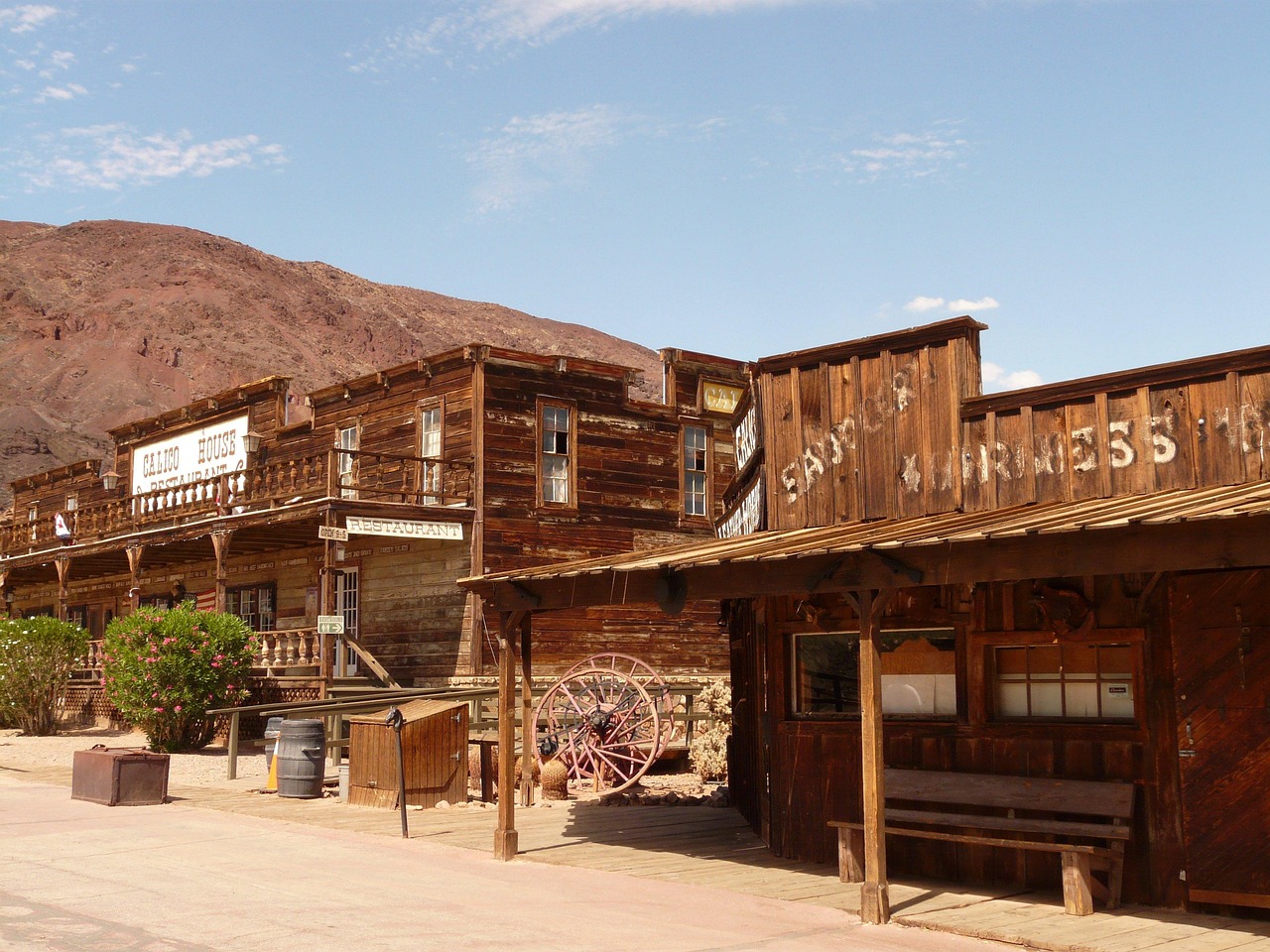
Over a bridge that runs north along the former railroad right-of-way, sits two houses, what are most likely the only other remaining structures from Sims before it became a ghost town. They now are home for some rancher’s cows. There are roughly three farms close enough to what would have been the town center to say Sims still has residents, but when your post office goes, so does your zip code and town. Any mail you would send today would be addressed with the nearby town name of Almont. Several structures remain standing in Sims — the old house you see here, plus the still-active Sims Scandinavian Lutheran Church and accompanying parsonage. There are two more structures just to the north of Sims, but they’re on the other side of a now closed bridge, and posted “No Trespassing.”
The Broader Scandinavian Story
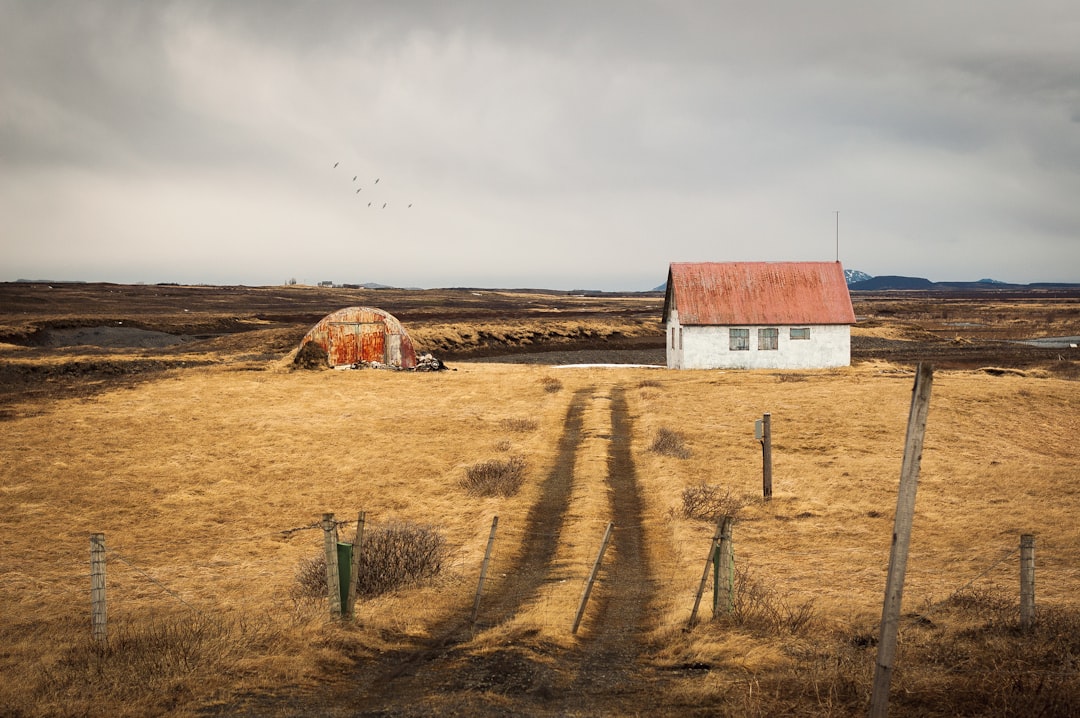
By 1910, North Dakota had a strong Scandinavian presence: Norwegians made up 21.3% of the population, Swedes 4.7%, Danes 2.2%, Icelanders 0.5%, and Finns 0.4%. By 1914, Norwegians alone owned about 20% of the state’s farmland, primarily in the eastern, northwestern, and north-central regions. Like the trend for the rest of North Dakotans, Norwegians are moving out of the rural areas. There are several examples of Norwegian ghost towns in North Dakota, especially in the northwestern part of the state. Sims represents just one chapter in the larger story of Scandinavian settlement and eventual abandonment across the Northern Plains.
Modern Legacy and Cultural Memory
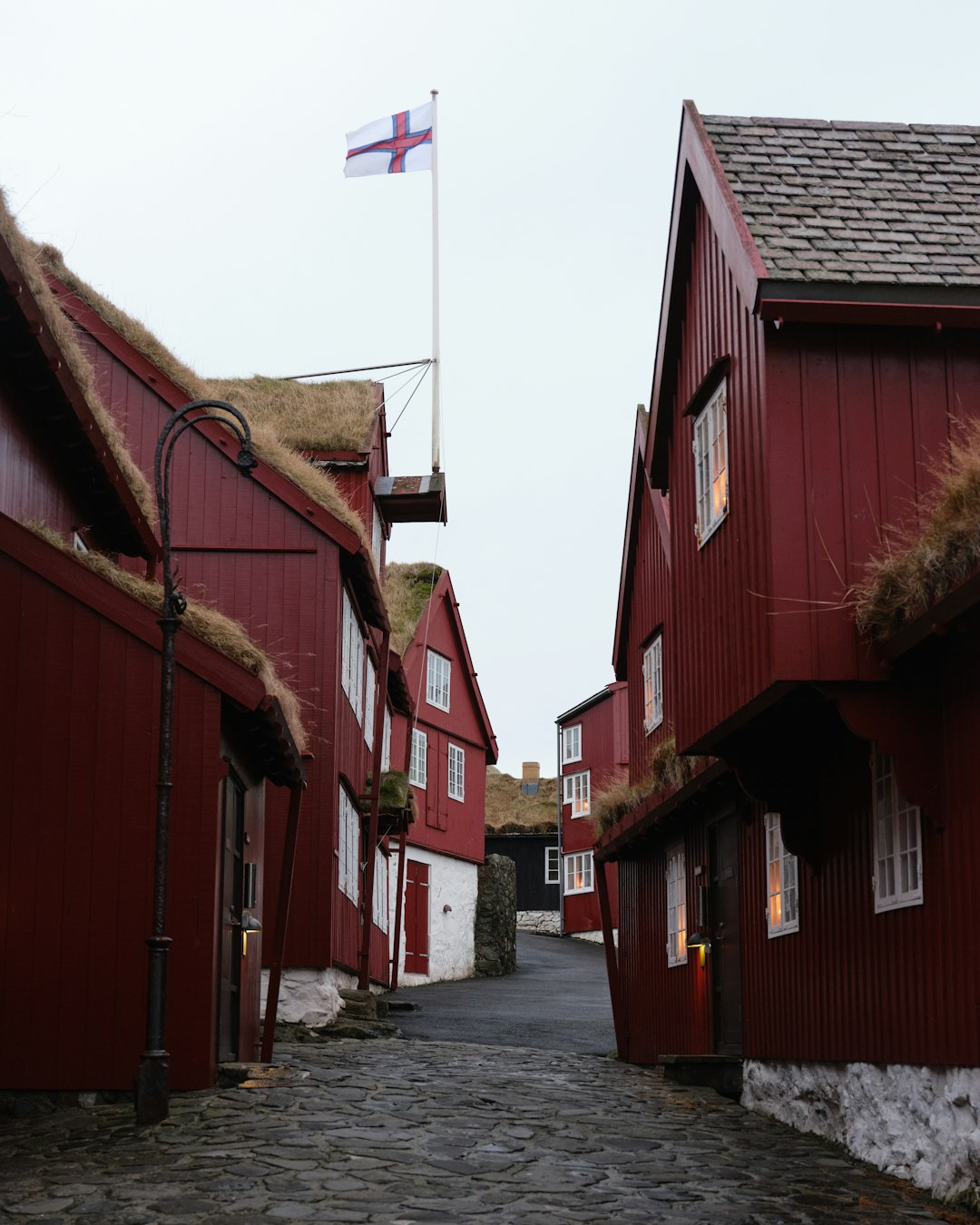
Norwegian Americans are most highly concentrated in the Midwest, with North Dakota having the highest percentage of Norwegian ancestry at 22.5%. Minnesota follows closely behind at 13.3%, while South Dakota and Montana have approximately 11.5% and 7.9%, respectively. As of 2005, 1,743 spoke Norwegian as their primary language in North Dakota, which is only 0.2% of the population, and 1,097 were older than 65 years old. In South Dakota, 256 people spoke Norwegian, and all of them were older than 65 years. While the language is disappearing, the cultural impact of these Scandinavian settlers remains deeply embedded in North Dakota’s identity. Sims stands as a testament to both the ambition and vulnerability of the immigrant experience.
A Living Museum of Lost Dreams
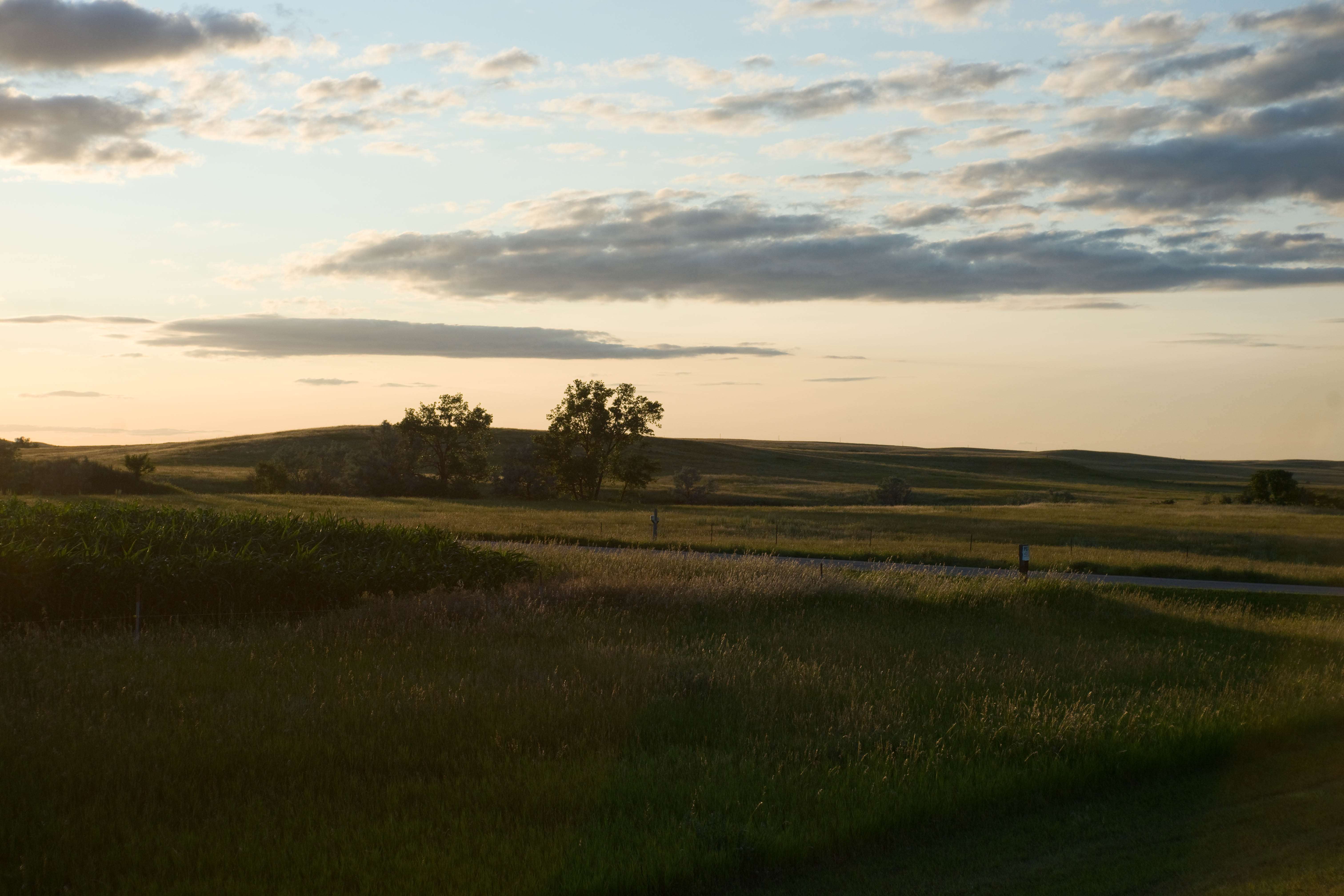
Visiting these ghost towns provides a stark and poignant experience, offering a window into the struggles and resilience of the early settlers in the harsh environment of the North Dakota plains. Amid the sprawling grasslands and beneath the wide, open skies, these abandoned settlements paint a powerful portrait of the relentless passage of time and the transient nature of human endeavor. Today, Sims serves as an unexpected tourist destination, drawing photographers, historians, and curious travelers who want to understand what happened when the American frontier dream met economic reality. The town’s ruins tell a story that millions of immigrants across the Midwest could relate to – the story of betting everything on hope and sometimes losing it all.
The abandoned Scandinavian village of Sims stands as one of North Dakota’s most poignant reminders that not every American dream has a happy ending. Yet in its stubborn refusal to completely disappear, in its church that still holds services and its stories that still get told, Sims proves that some dreams are too powerful to die completely. What would you have done if your whole world collapsed around you like theirs did?

